The Connecticut Convergence Institute’s Just Us Making Produce (JUMP) Program has expanded its aerponic garden and healthy lifestyle education initiatives in partnership with the Wilson-Gray YMCA Youth and Family Center in Hartford. Last week, the YMCA unveiled their UConn Health Connecticut Convergence Institute for Translation in Regenerative Engineering Community garden. The garden, one of several gardens implemented by Dr. Helen Wu and staff at the Convergence Institute, is run in conjunction with the staff and members at the YMCA. The program aims to address the rise in food insecurity in Hartford as a result of the pandemic. The gardens provide access to fresh vegetables that may not otherwise be available at local stores.
According to Valenica Williams, Executive Director of the Wilson-Gray YMCA Youth and Family Center, “This is our way of providing resources in what we consider a neighborhood of a food desert: lack of affordable, fresh, healthy options for our families. So with our partnership with UConn’s Convergence Institute, we are able to provide fresh produce and an educational resource piece where we teach from seed to the table how to create a healthier lifestyle.”
In 2018, The Connecticut Convergence Institute partnered with the Aetna Foundation to create a community engagement partnership, entitled: “The Connecticut Community Health Science Initiative”, with the goal being to improve the quality of life for those who are underserved in our state. Under this initiative, the Institute created its landmark healthy lifestyle community program, JUMP, or Just Us Moving and Just Us Making Produce. The JUMP Program employs an experiential learning model that gets community members involved in a meaningful way. JUMP not only teaches individuals the importance of balanced eating, but it also stresses the importance of an active lifestyle while fostering the idea that health can be achieved at any size.
The JUMP-YMCA programming is the fourth community partnership established in the Hartford area. Last year, gardens were created at the Urban League of Greater Hartford, as well as the Parkville Senior Center, and Parkville Elementary school. The JUMP Program hopes to continue to expand with new partnerships with other Hartford based community organizations. If you are interested in bringing the JUMP Program to your organization, contact Karishma Pinto at kapinto@uchc.edu.



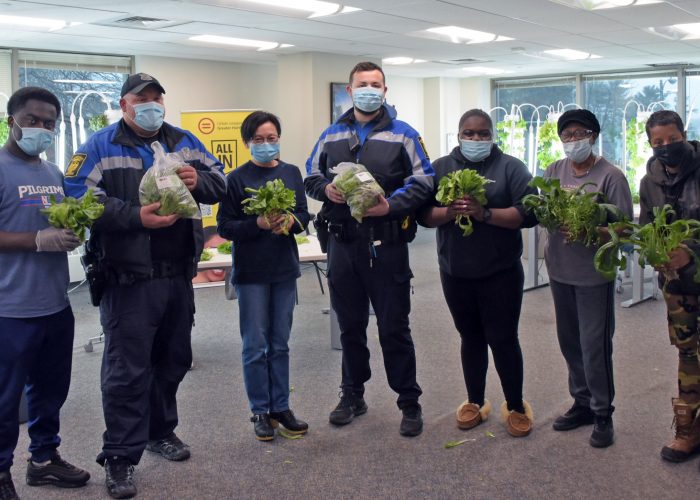
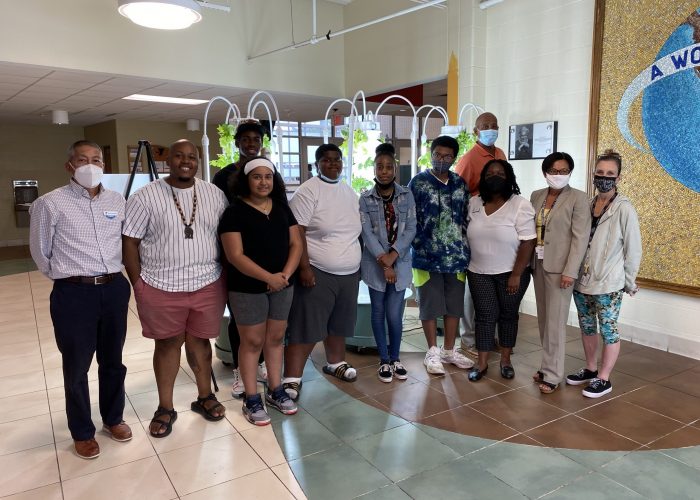


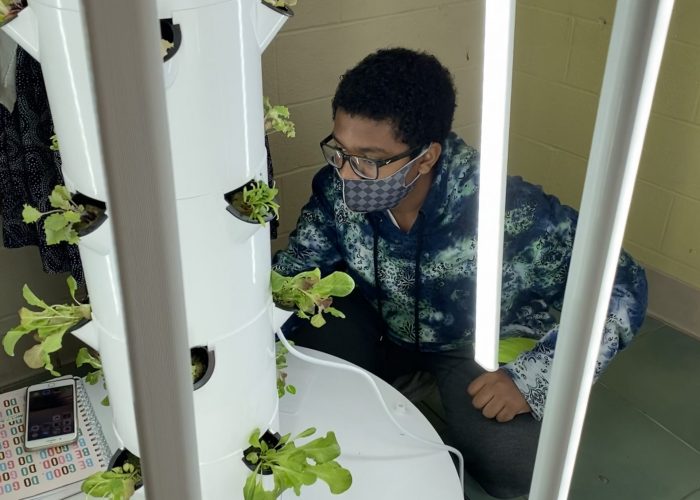
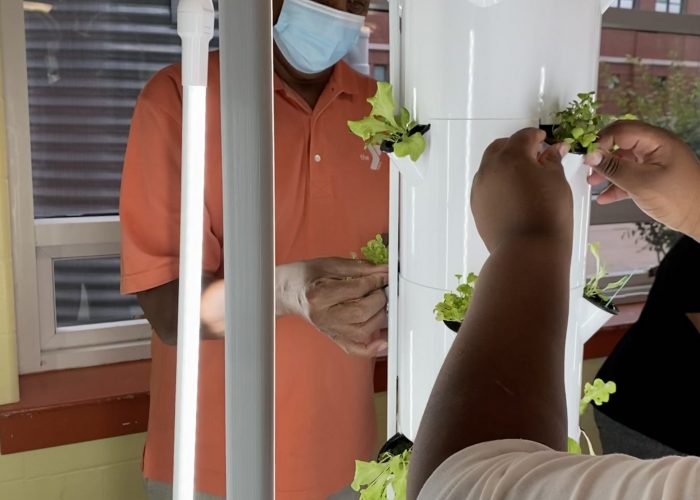

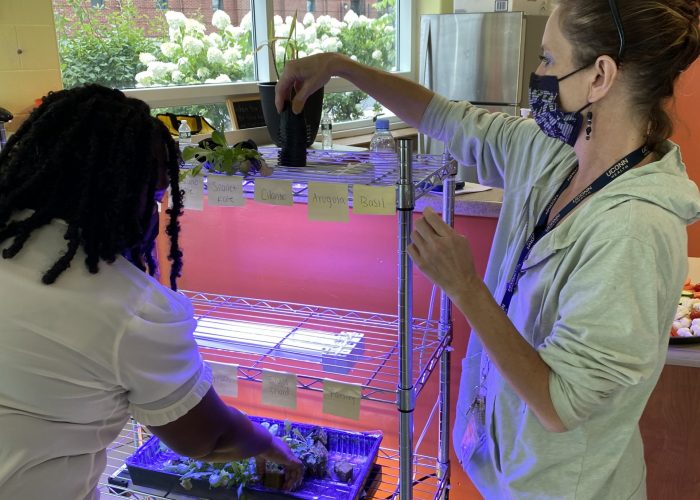




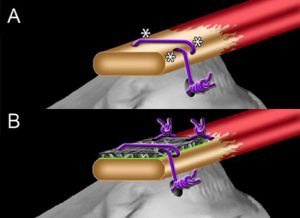 Rotator cuff tears represent a large proportion of musculoskeletal injuries attended by clinics, thereby making rotator cuff repair surgeries one of the most widely performed musculoskeletal procedures. Despite the high incidence rate of rotator cuff tears, operative treatments have provided minimal functional gains and suffer from high re-tear rates.
Rotator cuff tears represent a large proportion of musculoskeletal injuries attended by clinics, thereby making rotator cuff repair surgeries one of the most widely performed musculoskeletal procedures. Despite the high incidence rate of rotator cuff tears, operative treatments have provided minimal functional gains and suffer from high re-tear rates.